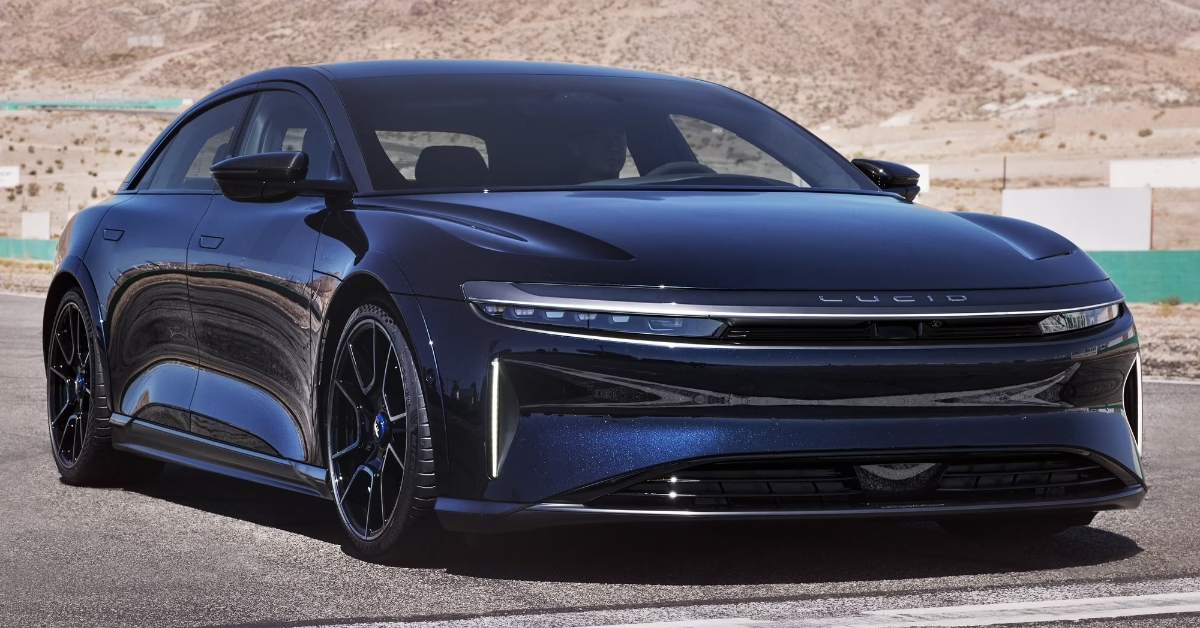Electric vehicles (EVs) are quickly reshaping the auto industry with their sustainability, quiet ride, and instant torque. For new owners, understanding EV mechanics, charging, and ownership costs can feel complex. This guide explains how electric vehicles work and provides a practical roadmap for transition and maintenance. Fundamentally, EVs replace gasoline engines with efficient electric motors powered by powerful batteries.
Table of Contents
What is an Electric Vehicle?
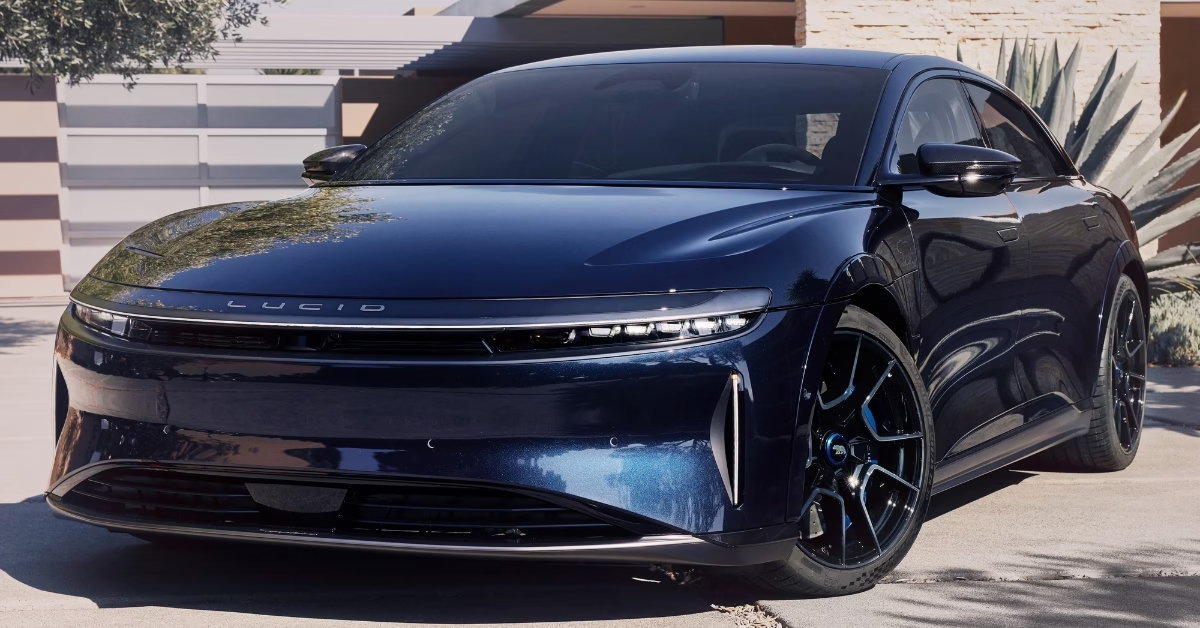
In its simplest form, an Electric Vehicle (EV) is a vehicle that utilizes one or more electric motors for propulsion, drawing power from rechargeable battery packs. Unlike traditional cars that rely on igniting fossil fuels, EVs use electricity stored onboard. This simple definition encompasses several types of electric cars currently on the market.
Here are the primary types of Electric Vehicles:
- Battery Electric Vehicles (BEVs): Often called pure EVs, these run solely on electricity. They have no combustion engine and produce zero tailpipe emissions (e.g., Tesla, Ford Mustang Mach-E).
- Plug-in Hybrid Electric Vehicles (PHEVs): These combine a small gasoline engine with a battery and electric motor. They can run on electric power for a limited range (typically 20−50 miles) but switch to gasoline for extended travel, offering flexibility for longer trips.
- Hybrid Electric Vehicles (HEVs): These use a gasoline engine and an electric motor simultaneously but cannot be plugged in. Their battery is recharged only via the gasoline engine and regenerative braking.
Understanding these distinctions is the first step toward successful EV ownership.
Why EVs Are the Future of Transportation
Electric vehicles represent the next major evolution in transport because they offer a path to significantly reduced global emissions. By shifting the energy source from centralized, carbon-heavy engines to efficient, decentralized electric power, they tackle air quality issues in urban centers and contribute to climate goals.
The simplicity of the drivetrain and the increasing availability of renewable energy sources to charge them ensure that the transition to EVs is not just an option, but a necessary global trend for sustainable mobility.
How Electric Vehicles Work: Component by Component
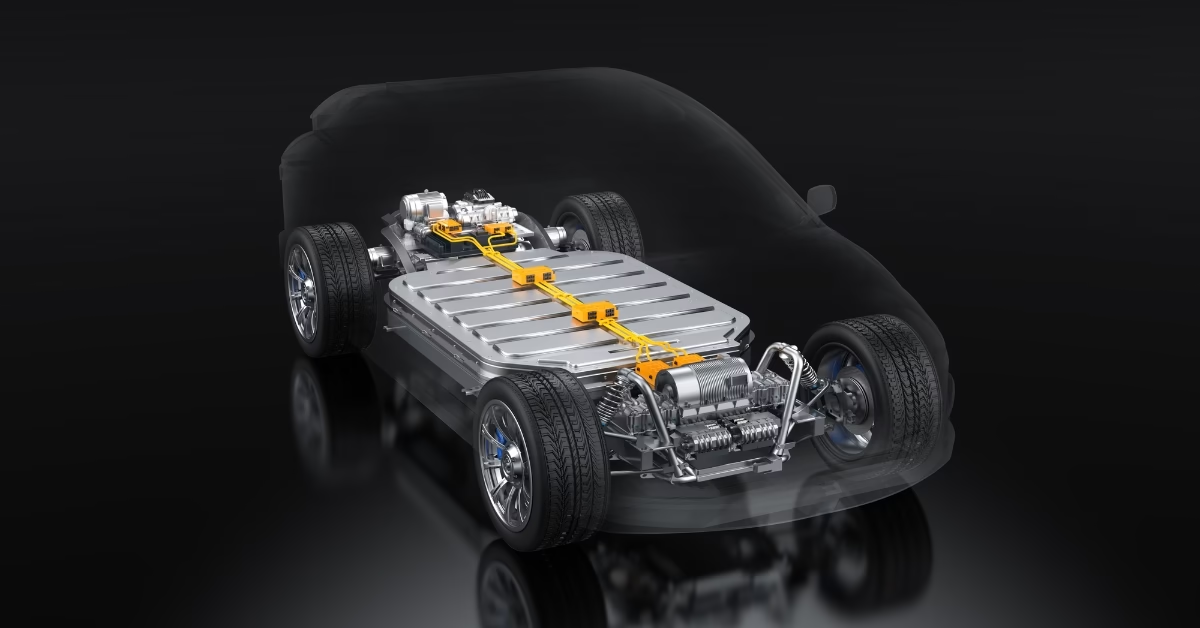
Understanding how electric vehicles work starts with their three primary components: the battery, the motor, and the controller. This streamlined system is remarkably simpler than a conventional internal combustion engine (ICE) setup, leading to fewer moving parts and less maintenance over the vehicle’s lifespan.
Battery Pack (The Heart)
The battery pack serves as the heart and fuel tank of the EV, storing the energy required for motion. Key factors about the battery include:
- Chemistry: Nearly all modern EVs use lithium-ion batteries due to their high energy density, allowing them to store large amounts of power efficiently.
- Capacity & Range: Battery capacity is measured in kilowatt-hours (kWh). This figure directly correlates with the vehicle’s range; a higher kWh generally means further travel on a single charge (e.g., 40 kWh for small EVs, over 100 kWh for large vehicles).
- Thermal Management: Because batteries are sensitive to temperature extremes, modern EVs employ sophisticated thermal management systems (using liquid cooling or heating) to maintain the optimal operating temperature.
- Longevity: This proactive thermal management is crucial for maximizing both daily range and the long-term longevity of the battery pack.
Electric Motor (The Muscle)
The electric motor is the muscle, responsible for converting the electrical energy stored in the battery into the mechanical motion that turns the wheels. Key characteristics of the electric motor include:
- Function: It converts electrical energy into mechanical motion, spinning the wheels to propel the vehicle.
- Instant Power: Unlike gasoline engines, the motor delivers instant torque the moment the accelerator is pressed, resulting in rapid and smooth acceleration.
- High Efficiency: Electric motors are highly efficient and operate effectively across a wide speed range.
- Simple Drivetrain: This efficiency allows EVs to use a simple single-speed transmission, eliminating the complex multi-gear setups of traditional cars and reducing maintenance needs.
Inverter/Controller (The Brain)
The Inverter/Controller is the vehicle’s brain, mediating the power flow between the battery and the motor. Its critical functions include:
- DC to AC Conversion: The battery stores energy as Direct Current (DC), while the motor often needs Alternating Current (AC). The inverter performs this vital conversion.
- Power Modulation: The controller adjusts the flow of power from the battery to the motor based on driver input (i.e., how much the accelerator is pressed).
- Motor Control: It dynamically manages voltage and frequency to precisely control the motor’s speed and torque, ensuring the driving experience is smooth, precise, and responsive.
Regenerative Braking (The Clever Trick)
One of the cleverest features of EVs is regenerative braking. In a traditional car, when the driver brakes, energy is wasted as heat; in an EV, this energy is recovered:
- Traditional Braking: In gasoline cars, braking wastes energy as heat through friction on the brake pads and rotors.
- The Process: Regenerative braking turns the motor into a generator when the driver slows down.
- Energy Recapture: The motor uses the vehicle’s kinetic energy to spin, feeding electricity back into the battery pack, effectively recapturing otherwise lost energy.
- Driving Benefit: This system significantly extends range and is the basis for one-pedal driving, where easing off the accelerator slows the car, minimizing the need to touch the brake pedal.
EV Battery Life and How to Maintain It
While battery life is a common concern, modern EV batteries are engineered for long-term health and typically come with extensive warranties. To help maintain optimal battery health, experts recommend the following best practices:
- Longevity: Batteries are warrantied, often for eight years or 100,000 miles, indicating their expected lifespan.
- Avoid Extremes: Do not frequently deep discharge (drain completely) or perform extreme overcharging.
- Daily Charge Range: For routine use, aim to keep the charge level generally between 20% and 80%.
- 100% Charge: Only charge to full 100% capacity when necessary, such as before a long road trip.
- Thermal Management: Rely on the vehicle’s automated thermal management systems (cooling/heating), which play a critical role in slowing the natural degradation process.
Charging Your EV
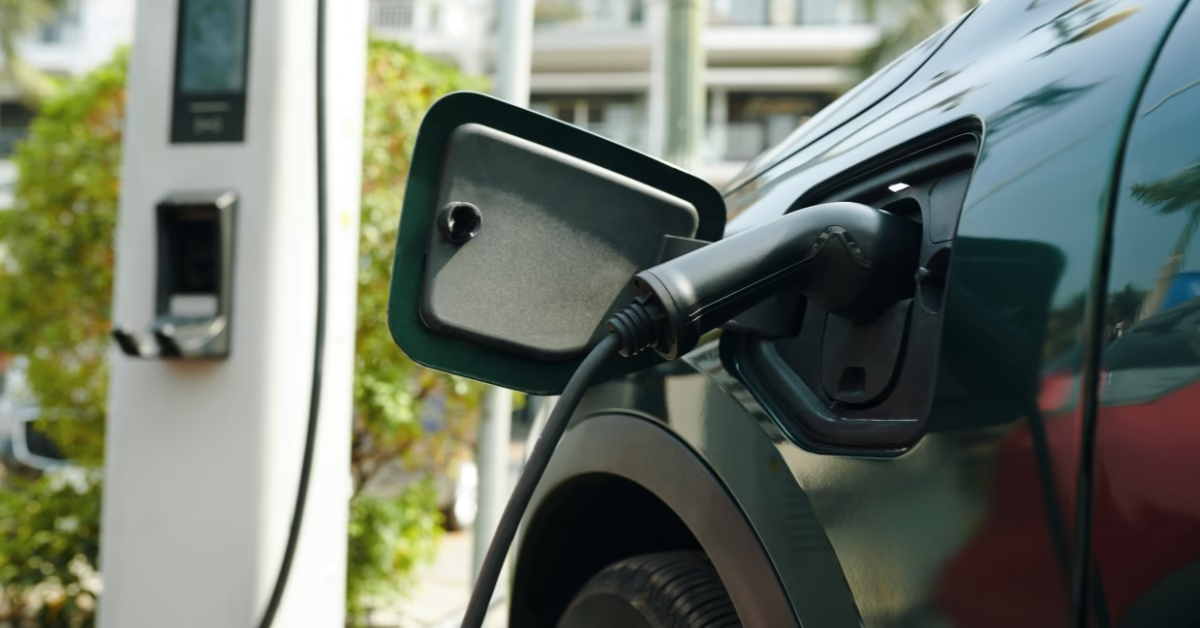
Charging an EV is fundamentally different from filling up a gas tank, and it offers far greater flexibility, allowing drivers to “fuel up” at home, work, or on the road.
Home vs. Public Charging
The convenience of home charging is a major benefit of EV ownership. Most drivers use home charging overnight, waking up to a full “tank.” Public charging provides flexibility for daily trips and essential range replenishment on long journeys.
Charging Types: Level 1, Level 2, DC Fast Charging
There are three primary levels of charging, distinguished by speed and power delivery:
- Level 1 (120V AC): This uses a standard household outlet. It is the slowest option, typically adding only 2−5 miles of range per hour. It’s suitable for PHEVs or BEVs that don’t drive many miles daily.
- Level 2 (240V AC): This is the most common residential and public charging method. It requires installing specialized charging equipment (often called an EVSE or charging box) and a dedicated 240V circuit (similar to a clothes dryer outlet). Level 2 charging adds between 12−80 miles of range per hour and is ideal for full overnight charging.
- DC Fast Charging (DCFC): These public stations deliver high-voltage direct current directly to the battery, bypassing the car’s onboard charger. DCFC is the fastest method, capable of replenishing the battery from 20% to 80% in 18 minutes to an hour, depending on the car and station power. It’s essential for road trips but should be used sparingly for routine charging to help maintain battery health.
Charging time expectations can vary dramatically based on these levels and the vehicle’s battery size. For drivers frequently on the move, using apps for charging station locations, such as PlugShare or the car manufacturer’s native app, is crucial for planning and peace of mind. Consistent use of Level 2 charging at home or work provides the most seamless EV experience.
Cost of Ownership

The financial picture of EV ownership involves looking beyond the showroom, balancing the higher initial investment with significant long-term savings.
Upfront Cost, Incentives, and Leasing
- Initial Hurdle: The primary obstacle is the high electric vehicle car price, largely due to the cost of the battery pack, making the sticker price higher than gasoline vehicles.
- Incentives: This cost can be significantly offset by government incentives, including federal tax credits, state rebates, and local grants. Researching which incentives apply to your model and income is vital.
- Leasing Advantage: Electric vehicle car leasing is an attractive option because the tax credit can often be applied as a capitalized cost reduction, leading to lower monthly payments than outright financing.
Insurance and Operational Savings
- Insurance Costs: Electric vehicle car insurance costs can sometimes be slightly higher than traditional cars. This is due to advanced technology and specialized repair procedures, though prices vary widely by model and driver history.
- Fuel Savings: Operational expenses provide real savings. Fuel costs are drastically lower, as charging with electricity is typically much cheaper than buying gasoline.
- Maintenance Savings: Maintenance savings are substantial because EVs require no traditional components like oil changes, spark plugs, or exhaust systems.
Maintenance and Care

One of the great pleasures of EV ownership is the drastically reduced maintenance schedule. The mechanical simplicity inherent in how electric vehicles work translates directly into fewer service appointments.
Routine Maintenance: Tires, Brakes, and Battery Health
Routine EV maintenance is simpler than gasoline cars, but focuses on a few key areas to ensure longevity and safety:
- Tires: These are the primary maintenance focus. Due to the battery pack’s heavier weight and instant torque, EV tires may wear out faster, necessitating regular rotations and pressure checks.
- Brakes: These components last much longer because of regenerative braking. The motor handles most deceleration, significantly reducing friction, meaning pads and rotors can last 100,000 miles or more before needing replacement.
- Battery Health: The most critical element of care is maintaining battery health, as previously outlined, by avoiding extreme charge levels when possible.
- Fluids: General upkeep also involves checking non-propulsion fluids, such as windshield washer fluid and coolant for the battery’s thermal management system.
Software and Washing
Caring for your EV also involves managing its digital side and maintaining its exterior:
- Software Updates: Modern EVs rely heavily on software. Regular, often over-the-air, software updates ensure optimal function, new features, and refined vehicle operations.
- Washing Practices: Standard car wash practices apply; washing an EV is no different than washing a gasoline car.
- No Special Procedures: The battery is sealed and protected, meaning no specialized electric vehicle car wash procedures are required for safety.
Advantages and Challenges of EV Ownership
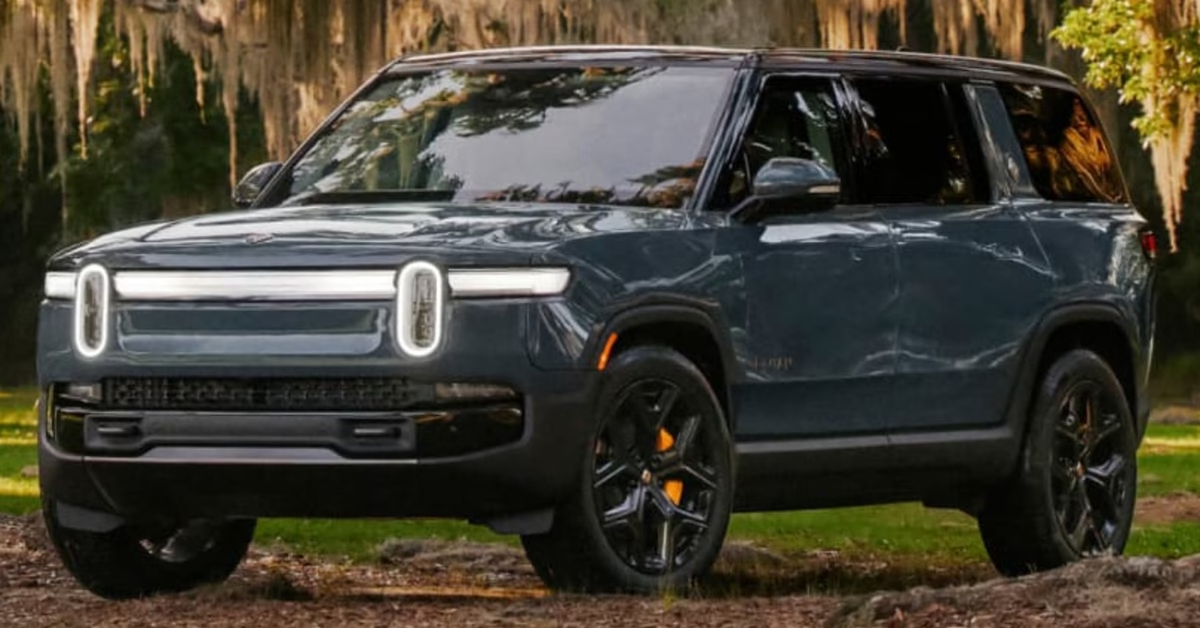
While the path to a fully electric future is accelerating, the journey for a first-time owner comes with both clear benefits and practical hurdles.
Advantages
The advantages of EV ownership are compelling and cover performance, cost, and environmental impact:
- Environmental Benefits: EVs contribute to cleaner air and significantly reduce the owner’s carbon footprint, especially when charged using renewable energy.
- Lower Operating Costs: This is a major draw, as combined savings from fuel (cheaper electricity) and minimal maintenance add up over the years.
- Superior Performance: The immediate power of the electric motor and the low center of gravity (from the battery pack) deliver sharp handling and thrilling acceleration.
- Quiet Ride: The near-silent operation provides a ride quality unmatched by most gasoline vehicles.
Challenges
Despite the numerous benefits, potential owners must weigh certain challenges inherent in the current EV landscape:
- Charging Infrastructure & Range Anxiety: Networks are expanding but are not yet as ubiquitous as gas stations, and charging times are longer, inducing anxiety on long trips.
- Higher Initial Purchase Price: The higher initial purchase price remains a significant barrier for some budgets, even with available tax credits and incentives.
As battery technology improves and manufacturing scales up, these challenges are expected to diminish.
Tips for First-Time EV Owners
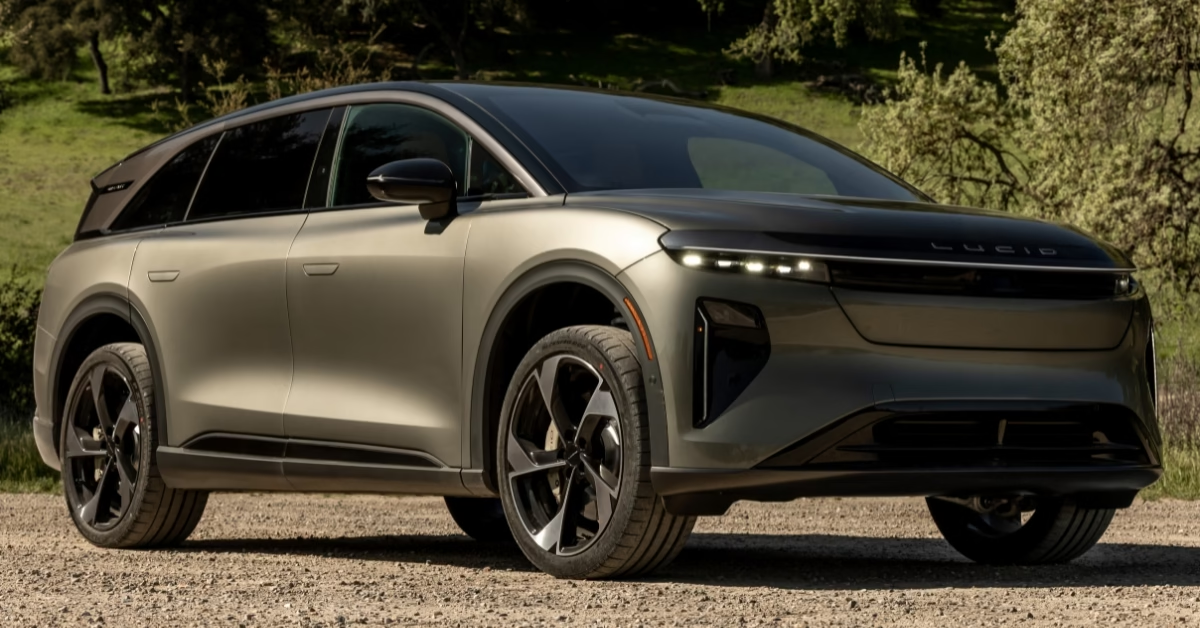
Making the leap into EV ownership is exciting, but a few key considerations can ensure a smooth transition.
Choosing the Right EV
The first step is selecting a model that fits your lifestyle. Assess your typical usage—if most of your driving is local commuting, a car with a 200-mile range may be perfectly adequate.
For frequent long-distance travelers, a 300+-mile range may be more comfortable. Also consider size; a compact sedan may work for a single person, but a growing family will need a larger SUV or truck with sufficient passenger and cargo capacity.
Best Charging Practices
For daily driving, establishing good charging habits is crucial. Rely primarily on Level 2 charging at home to keep your battery topped up without stressing the cells. Many utility providers offer off-peak rates for electricity during overnight hours (typically 11 PM to 6 AM).
Utilizing your car’s charging scheduler to automatically charge during these cheaper windows can result in substantial savings on your monthly energy bill. Reserve DC Fast Charging for necessary road trip stops.
Planning and Test Driving
When planning long trips, use the vehicle’s built-in navigation or dedicated charging apps. These tools intelligently factor in charging stops, battery level, and elevation changes to minimize anxiety.
Finally, test driving multiple models is essential. The EV driving experience—especially the immediate acceleration and the feel of regenerative braking/one-pedal driving—is unique and needs to be experienced firsthand to be fully appreciated before committing to a purchase.
Making the Leap: Starting Your EV Journey
This guide explained how EVs work, from simple mechanics to battery charging. Despite the higher electric vehicle car price, the performance and reduced maintenance are compelling. Now is the ideal moment to explore this highly efficient and sustainable transportation. Check local incentives, test drive a model, and start your EV journey today.

